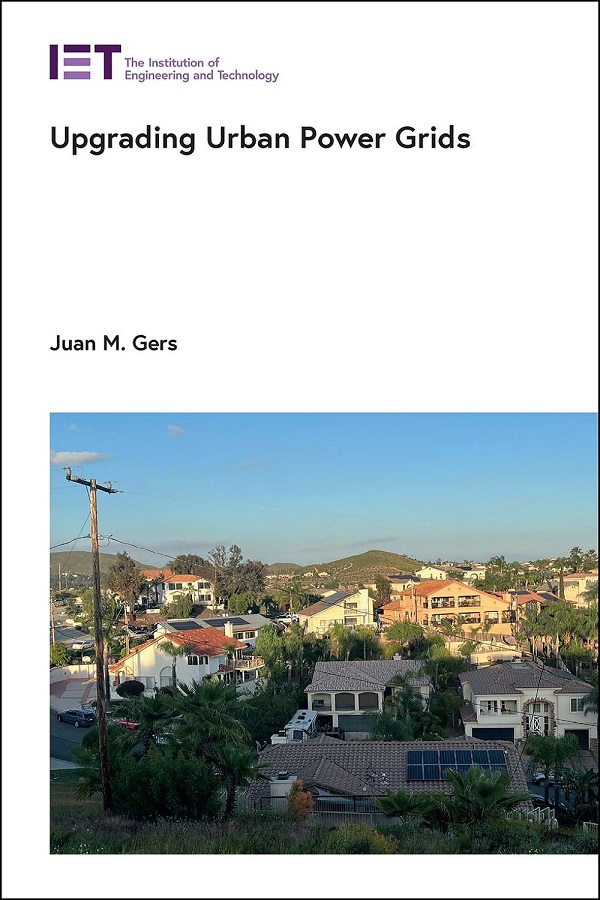- Agricultural Engineering and Technology
- Applied Physics
- Built Environment
- Computing and Networks
- Control, Robotics and Sensors
- Electrical Regulations
- Electromagnetics and Radar
- Energy Engineering
- Healthcare Technologies
- History and Management of Technology
- IET Codes and Guidance
- Manufacturing
- Materials, Circuits and Devices
- Model Forms
- Security
- Telecommunications
- Transportation

Upgrading Urban Power Grids
by Juan M. Gers
Today, more than half the global population lives in cities, and two thirds are expected to do so by 2050. Cities need technologies to reduce greenhouse gas emissions from energy, transport and heating, which requires distributed renewable electricity, from rooftop solar, small wind and other sources, in order to cleanly generate enough electricity to meet cities' needs. However, most urban electricity grids were not designed to manage distributed energy generation and the benefits of smart grids. Distribution systems therefore need to be strengthened and updated with the new technology offered by the hardware and software available, in order to maintain power quality and meet the requirements of reliability requested by regulatory bodies.
The book opens with an introductory chapter, outlining the topic and explaining the importance of and motivations for upgrading urban power grids. Further chapters cover modelling, load management and demand response, reliability and fault location isolation and service restoration (FLISR) schemes for urban grids, renewable generation, integration and microgrids for cities, protection, automation and control, regulatory issues, volt/var control, as well as open challenges and future developments. Case studies help readers understand and apply the concepts discussed.
Covering the key technologies needed for the urban energy transition, Upgrading Urban Power Grids is a valuable reference for consulting engineers, researchers and advanced students at universities and at utilities involved with electric power systems.
About the Author
Juan M. Gers is president and founder of GERS Consulting Engineers which has completed projects in more than 45 countries. He has more than 40 years of experience designing and analysing transmission and distribution systems. His books, Protection of Electricity Distribution Networks and Distribution System Analysis and Automation, published by the IET, are used by utilities, consulting engineers and universities worldwide. Dr Gers is a Chartered member of the IET and Senior Member of the IEEE.
Publication Year: 2024
Pages: 389
ISBN-13: 978-1-83953-784-4
Format: HBK
